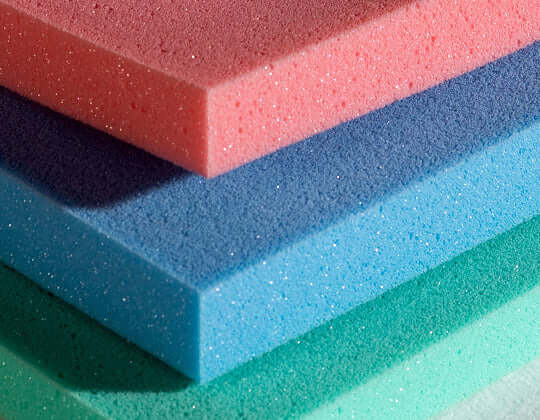When it comes to versatile and widely used materials in various industries, polyurethane foam stands out as a prominent contender. This blog will take you on a journey through the world of polyurethane foam, exploring its unique characteristics, applications, and discussing the advantages and potential drawbacks associated with its use.
Understanding Polyurethane Foam
Defining Polyurethane Foam
Polyurethane foam is a type of synthetic foam that is created by combining polyols (a type of alcohol) with diisocyanates (chemical compounds). This chemical reaction results in the formation of a foam material that can vary in density, firmness, and resilience, making it suitable for a wide range of applications.
The Appeal of Polyurethane Foam
The primary appeal of polyurethane foam lies in its versatility and cost-effectiveness. It can be found in various forms, including flexible foam (used in mattresses, cushions, and upholstery), rigid foam (used in insulation and structural applications), and spray foam (used for insulation and sealing purposes).
Embracing the Advantages of Polyurethane Foam
Comfort and Support
Polyurethane foam, especially in its flexible form, is well-regarded for its comfort and support. It can provide a cushioning effect, conforming to the body's shape and relieving pressure points.
Versatility
Polyurethane foam's wide range of densities and firmness levels make it suitable for a diverse array of applications, from soft bedding materials to rigid construction components.
Durability
Polyurethane foam is known for its durability and ability to maintain its shape over time, ensuring long-lasting performance for various products.
Insulation Properties
Rigid polyurethane foam is an excellent insulator, providing thermal resistance in buildings and refrigeration systems, which can help improve energy efficiency.
Addressing Potential Drawbacks of Polyurethane Foam
Off-Gassing
Newly manufactured polyurethane foam products may release volatile organic compounds (VOCs) and chemical odors, known as off-gassing. While this is typically temporary, it can be a concern for some individuals sensitive to odors.
Heat Retention
Polyurethane foam, especially in its flexible form, can retain heat. This may cause discomfort for hot sleepers or in warm climates, although advancements have been made in developing foams with better breathability.
Environmental Impact
The production and disposal of polyurethane foam can have environmental impacts due to the use of chemicals and the non-biodegradable nature of some foams. However, efforts are being made to develop more eco-friendly alternatives.
Firmness
Polyurethane foam comes in various firmness levels, and some individuals may find certain formulations to be too firm or too soft for their preferences.
Final Thoughts: Is Polyurethane Foam Right for You?
Polyurethane foam's versatility, comfort, and durability make it a popular choice for a wide range of applications. However, potential concerns such as off-gassing, heat retention, environmental impact, and firmness should also be considered.
When choosing polyurethane foam products, ensure to research and read customer reviews to find the right fit for your specific needs. As with any material, understanding the pros and cons can help you make an informed decision and find the best product for your comfort and satisfaction.


